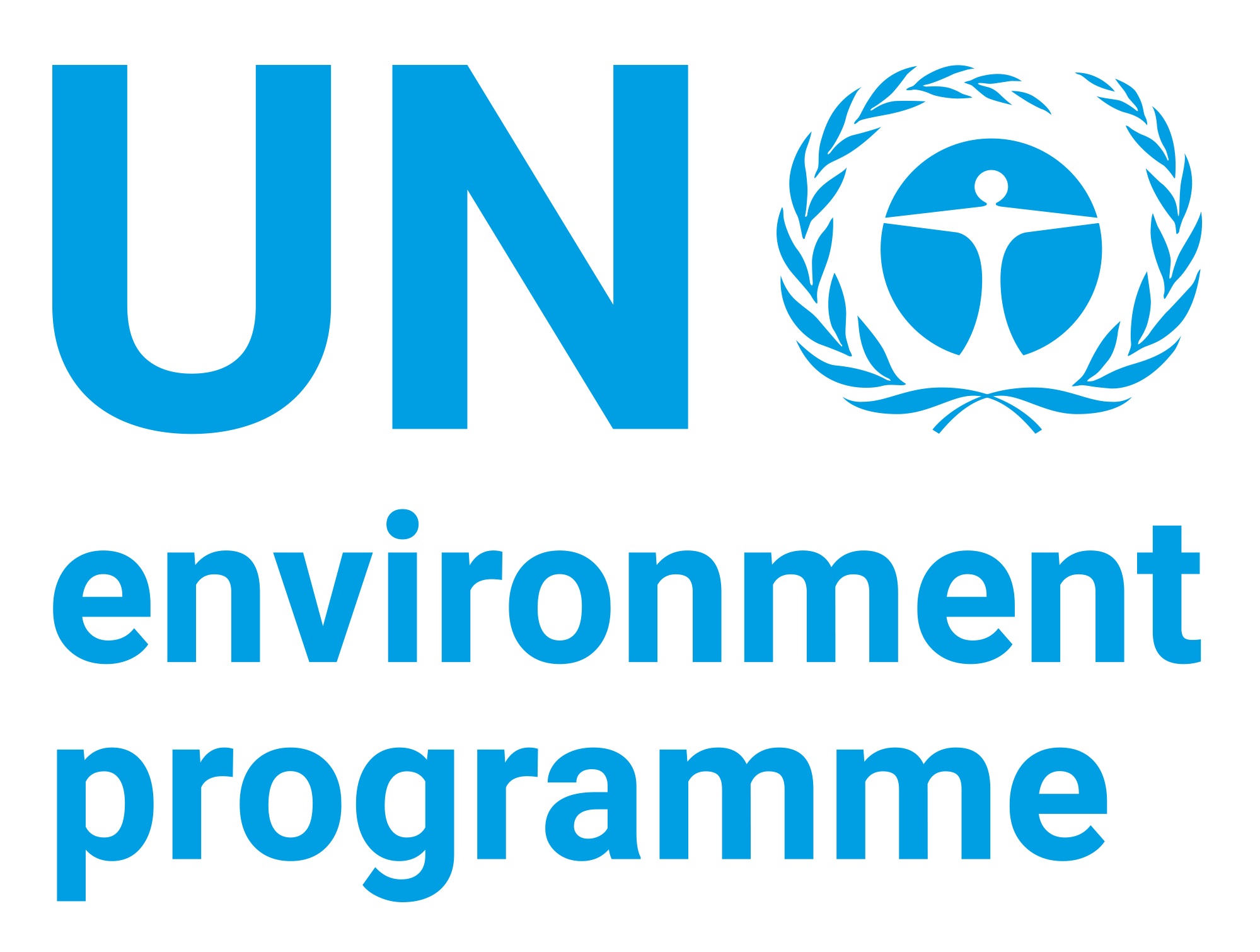Ecosystem-based Adaptation: A Handbook for EbA in Mountain, Dryland and Coastal Ecosystems

Date
2018Author
International Institute for Environment and Development
United Nations Environment Programme – International Ecosystem Management Partnership
Citation Tool
Bibliographic Managers
RT Generic T1 Ecosystem-based Adaptation: A Handbook for EbA in Mountain, Dryland and Coastal Ecosystems A1 International Institute for Environment and Development, United Nations Environment Programme – International Ecosystem Management Partnership YR 2018 LK https://wedocs.unep.org/20.500.11822/33185 PB AB TY - GEN T1 - Ecosystem-based Adaptation: A Handbook for EbA in Mountain, Dryland and Coastal Ecosystems AU - International Institute for Environment and Development, United Nations Environment Programme – International Ecosystem Management Partnership Y1 - 2018 UR - https://wedocs.unep.org/20.500.11822/33185 PB - AB - @misc{20.500.11822_33185 author = {International Institute for Environment and Development, United Nations Environment Programme – International Ecosystem Management Partnership}, title = {Ecosystem-based Adaptation: A Handbook for EbA in Mountain, Dryland and Coastal Ecosystems}, year = {2018}, abstract = {}, url = {https://wedocs.unep.org/20.500.11822/33185} } @misc{20.500.11822_33185 author = {International Institute for Environment and Development, United Nations Environment Programme – International Ecosystem Management Partnership}, title = {Ecosystem-based Adaptation: A Handbook for EbA in Mountain, Dryland and Coastal Ecosystems}, year = {2018}, abstract = {}, url = {https://wedocs.unep.org/20.500.11822/33185} } TY - GEN T1 - Ecosystem-based Adaptation: A Handbook for EbA in Mountain, Dryland and Coastal Ecosystems AU - International Institute for Environment and DevelopmentInternational Institute for Environment and Development, United Nations Environment Programme – International Ecosystem Management Partnership UR - https://wedocs.unep.org/20.500.11822/33185 PB - AB -View/Open
Item Statistics
Display item statisticsMetadata
Show full item recordDescription
The purpose of this handbook is to provide a tool to guide the planning and implementation of ecosystem based adaptation (EbA) in developing countries to help address the growing impacts of climate change. The handbook provides practical guidance for EbA in drylands, mountains and coastal zones, since these ecosystems and the people living in them are particularly vulnerable to climate change. For each type of ecosystem, it sets out the steps to take when planning and implementing EbA interventions, in order to increase the resilience of vulnerable people through ecosystem management and biodiversity conservation. Healthy ecosystems are more resilient and can better resist the negative impacts of climate change, thus supporting the people who depend on them. The handbook promotes a bottom-up, community-centred approach to ensure the needs of vulnerable people are addressed and to foster local ownership and sustainability of the EbA process.
Collections
Document Viewer
To read more, scroll down below.
Related items
Showing items related by title, author, creator and subject.
-
Module 2. Analyze Climate Vulnerability and Risks to Ecosystems and People - Training on Ecosystem-based Adaptation (EbA) - GEF LDCF II Project: Ecosystem-based Adaptation for Rural Resilience in Tanzania
Ecosystems Division (United Nations Environment Programme, 2019)The second module of the training is focused on Analyzing Climate Vulnerability and Risks to Ecosystems and People, which is divided into two following sections: A. Understand the socio-ecological context; B. Analyze climate ... -
Review of Existing Water Quality Guidelines for Freshwater Ecosystems and Application of Water Quality Guidelines on Basin Level to Protect Ecosystems: Technical background document for theme 1: “Water Quality and Ecosystem Health”
United Nations Environment Programme (2014)The purpose of this study is to identify and review existing Water Quality Guidelines (WQGs) that protect the health of (water) ecosystems and their respective mechanisms like institutional arrangements, processes, ...




